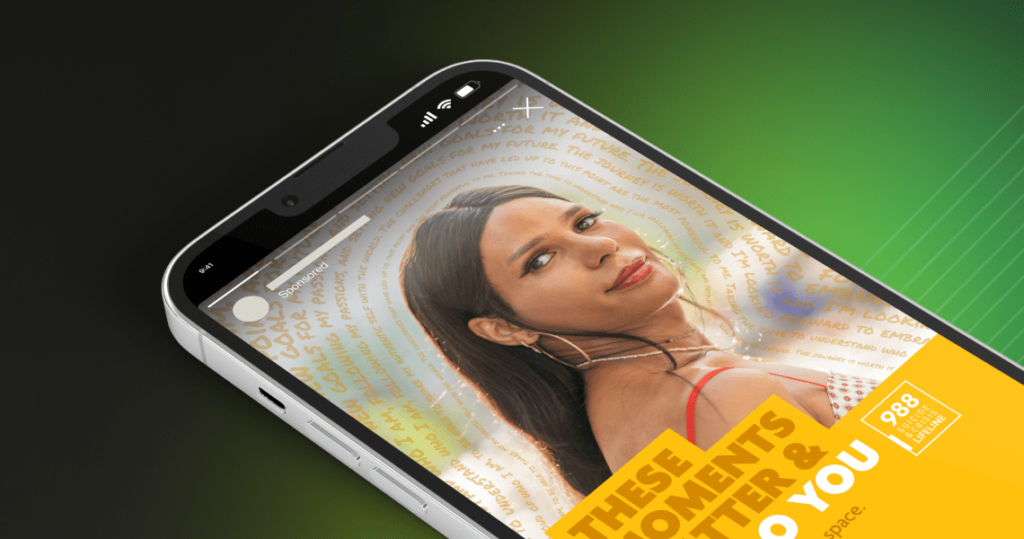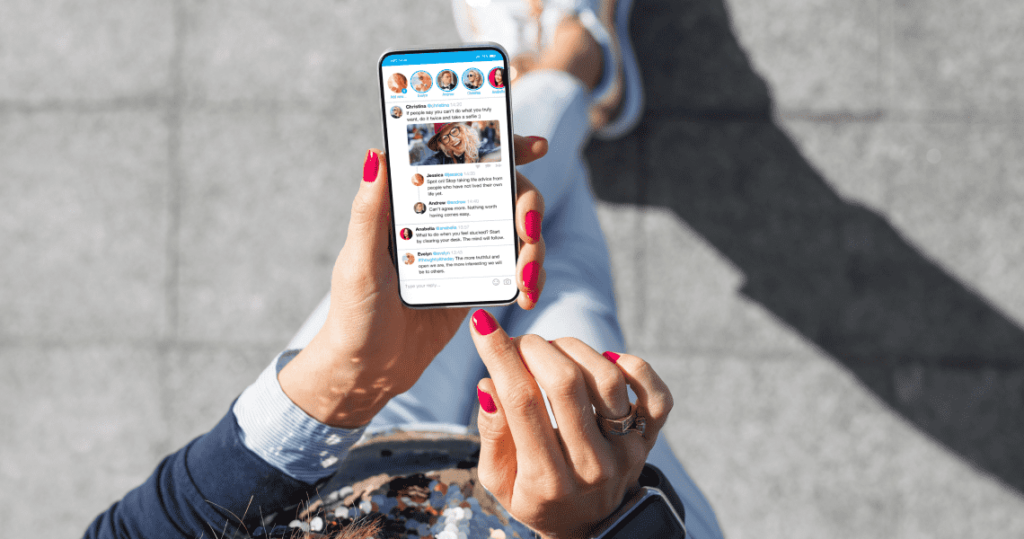
Social media has opened many avenues for brands and consumers, allowing us to share, learn from and connect with others in ways we have not been able to before. However, there are many people who can’t interact with social media due to deafness, visual impairment, or other disabilities. That’s where social media accessibility comes into play.
Social media accessibility is key in creating an inclusive space for everyone online, so those with disabilities can join in online conversations.
From captioning videos to using alt text to provide context for a photo, there are many ways to create an inclusive online space for everyone to enjoy by following a few simple steps.
With the rise of TikTok and Instagram Reels, short-form video content has popped up all over social media.
Before adding captions to videos was an option, TikTok creators who wanted to include people who are hard of hearing would have to place captions in the comments section. However, as the video would gain popularity, comments with more likes would often push those captions further down, making them hard to find. Now TikTok has an option to add captions, making it easier for creators to provide inclusive content.
Many confuse closed captioning with subtitles, but there is an important distinction when seeking to provide content for everyone.
Subtitles are a text alternative for any dialogue, while closed captions provide more context for the audience. These captions include the dialogue along with any background music and noises.
YouTube and Facebook accessibility options allow for auto-generated video captions. Instagram accessibility has options for IGTV and Lives but not static posts.
While most sites have the option to upload a file and provide captioning from the creator, that extra step in the posting process can turn people off from using this option.

While social media is a predominately visual space, there are many social media accessibility options users can set up to help visually impaired individuals engage with their posts.
Alternative text is the most popular, allowing users to provide the details of a photo. Screen readers can then pick up those details and present them to the reader to understand what is happening in the picture. It doesn’t have to be a paragraph; you only need a short and detailed description of what is happening.
All major platforms have the option to add alternative text, providing a straightforward way to improve accessibility on social media. With alt text, it’s important to use punctuation the reader can pick up, such as periods and dashes for acronyms. You don’t need the redundancy of “this image has” or “image of” to convey the content. Instead, you can use that extra space to craft more engaging or humorous posts.
Did you know you can provide alternative text for a GIF as well? Twitter accessibility options allow you to add text as you would for a photo. For those platforms that don’t allow this, you can easily add it to the copy of your post.
While image descriptions are similar, they shouldn’t be confused with an alternative text.
Image descriptions elaborate more on the details of a post and allow the reader to learn more about the image. They add another layer of detail for users to explore, but it’s important to determine which details matter the most. There’s no need to describe apparent details, like colors, or details that don’t pertain to the photo.
If the post includes emojis or a lot of punctuation, it is ok to exclude that as well.
How does this help? For those with vision impairments such as blindness or low vision, image descriptions work with their assistive technology to pick up the relevant details that are key to the post’s context.

Hashtags are a great way to get more eyes on a post, follow a discussion and keep track of trends, but they can throw assistive technology for a loop when announcing the hashtag.
CamelCase provides additional social media accessibility by capitalizing the first letter in each word, making it easier for assistive technology to isolate each word in the hashtag instead of reading each letter. Screen readers have an easier time reading text out loud. Users with dyslexia or cognitive disabilities can also read hashtags much easier. As a bonus, CamelCase makes hashtags look better aesthetically.
Social media has the power to connect, entertain and inform – all things that should be accessible to every user. You can also create an inclusive and inviting space online by implementing these small changes that make a huge difference.
Being inclusive means sharing your message with an unlimited audience—it’s a no-brainer! If you are ready to maximize your reach, contact the Public Relations and Social Media experts at Agital to audit, research, and strategize your brand to new heights. And explore the impact we’ve made for companies like Balance of Nature, Ruffwear, Cailini Coastal, and Inspirada through social media marketing.
